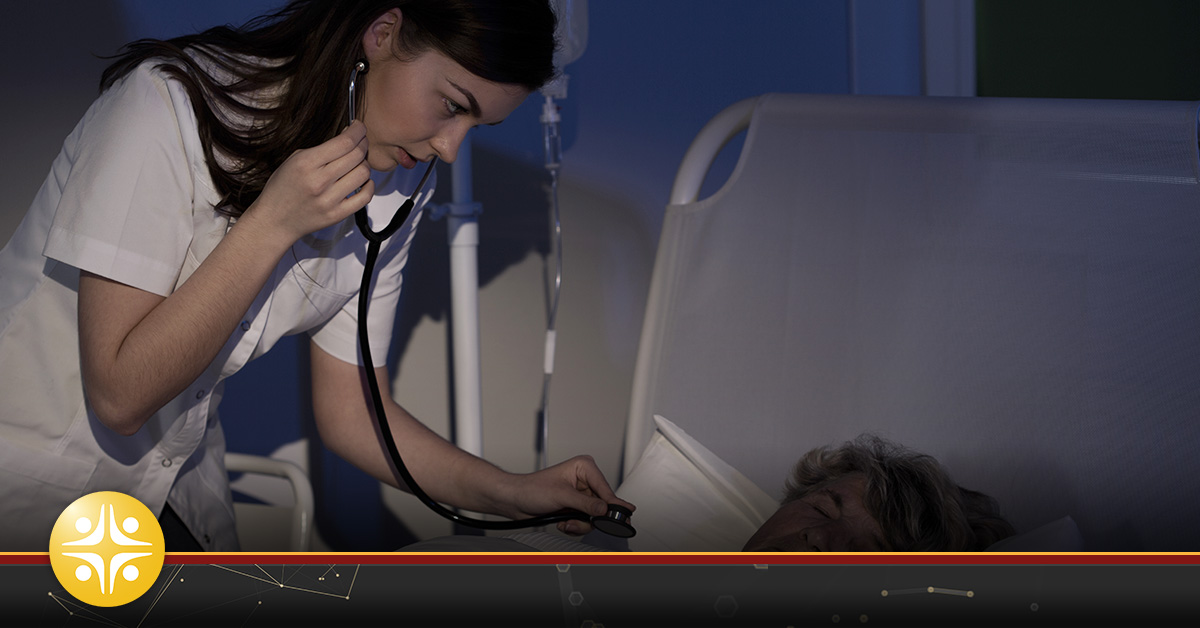The Night Shift: Mistakes Hospitals Make When Staffing Clinical Teams
Jim Fitzgibbon

Every medical clinician has done it, most dislike it, few love it. That it is the night shift. Policemen and firemen do it too. It drains the energy from a person as most of the sunlight is missed and it can be very difficult to get restful sleep during the hustle and bustle of midday.
The Agency for Healthcare Research and Quality says, “Long and unpredictable work hours have been a staple of medical training for centuries.” The Atlantic reports, “the physical and emotional demands on residents remain without parallel in the modern American economy.”
The night shift for a nurse is generally taxing, especially when hospitals increase the patient ratios. Quality patient care may be at risk along with staff safety. Listed below are some common mistakes we see when staffing the night shift:
Safe Staffing
Patient satisfaction increases when experienced and skilled clinicians treat them. Looming physician and nursing shortages, create dangerous/nurse/patient ratios. Healthcare providers will be hard-pressed to provide what nurse.org calls “safe staffing,” where the nurse-patient ratio balances so adequate time is spent per encounter to ensure clinical care quality. Without this balance, medical errors rise, and consequences may be severe if not fatal.
Several factors must be weighed when staffing a unit. Firstly, an ideal staffing ratio must be determined by the clinical teams and have complete buy in by the participants. Staffing by random statistics alone is usually a mistake. Staffing is better served by quantifying the intensity of care that the patients require. Additionally, there is a big picture impact on the entire clinical operation. Leveraging technology as well as the full clinical team of doctors, nurses and other care providers can help improve staffing ratios.
Nursinglicensure.org quotes an American Nurses Association (ANA) study citing 54% of nurses say they don’t have sufficient time to spend per patient, even though 43% of those surveyed reported working longer hours the prior year.
Changing Health Behaviors of your overnight staff
Research links shift work and long work hours to poor health behaviors. Bushnell, Colombi, Caruso, & Tak found that of nine work schedule patterns, the pattern predicted to be the most difficult (12-hour rotation shifts) was associated with the high rates of all five poor health behaviors examined: short sleep duration, smoking, obesity, low physical activity, and higher alcohol use. Workers may be drawn to unhealthy lifestyle practices as a countermeasure for the fatigue, sleepiness, and stress linked to demanding work schedules.
Hospitals can encourage changed behaviors by offering:
- Scheduled breaks/naps as most nightshift workers only use half of their time off to sleep.
- Stock the breakroom with healthy snacks, fruits and coconut water.
- Encourage providers to wear dark sunglasses and earplugs on their way home from the hospital as the exposure to bright sunlight and loud noises can through off their internal cue to sleep.
- Offer their providers with free nutritional planning and support
Do we need nurse staffing ratio laws?
States, such as California, have already regulated the volume of nurse-to-patient ratios. Legislative restrictions vary; for example, hospital waiting rooms are required to staff one nurse for every single patient. However, psychiatric wards may have six patients versus one nurse.
Ironically, after more than a decade, more states are considering similar statutes., according to nursinglicensure.org. This comes during a time of increasing shortages of clinical providers. By 2025, clinical provider shortages will reach critical mass:
- 95,000 in nursing assistants
- 446,300 in home health aides
- 29,400 in nurse practitioners
Mistakes or tragedies at night do not magically disappear come morning. It’s clear that healthcare providers will need to staff up in ensuing years. As baby boomer populations ages, the medical system will suffer acute shortages putting additional pressure on our system of care. MedSource Consultants can help clinical facilities staff better and easier to sate the rising patient loads. Contact our top healthcare recruiters today for more information.

